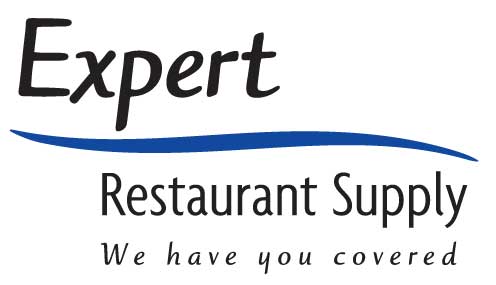- It promotes energy efficiency
- Utility companies in various jurisdictions offer rebates for Energy Star equipment
- Buyers may also qualify for tax credits
- Energy Star program is run by the EPA and DOE
| Energy Star Certified Commercial Kitchen Equipment | % Increase in Efficiency over Standard Units | Annual Estimated Energy Savings per Unit | Lifetime Estimated Energy Savings per Unit |
| Refrigerators & Freezers | 20% | $100 | $1000 |
| Ice-Makers | 10% | $145 | $1260 |
| Dishmachines | 40% | $1500 | $19,000 |
| Gas & Electric Convection, Combi, Ovens, and Gas Rack Ovens | 20% | $680 | $7450 |
| Griddles | 10% | $135 | $1380 |
| Fryers Electric/Gas | 14% / 30% | $260/$410 | $2600/$4500 |
| Steam Cookers | 60% | $1000 | $12,000 |
| Hot Holding Cabinets | 70% | $325 | $3000 |
| Coffee Makers | 35% | $35 | $300 |
Gas versus Electric – Gas burners use less energy to create more BTUs, but much of that heat goes up the flu. Electric burners transfer more heat directly into the food. Sources differ on which is more efficient, so most rely on other factors, such as availability and local utility rates, to decide.
Other Energy Saving Products
- Hoods tested and listed by Underwriters Laboratories (UL) have lower exhaust flows
- Strip Curtains and Strip Doors help keep cool air in and hot air out
- CFL or LED light bulbs use 70-90% less energy
- Induction cooktops are up to 90% efficient
Other best practices to save energy in Restaurants and Commercial Kitchens
- Keep equipment clean and in good working order
- Clean and check door gaskets on all equipment
- Clean and replace equipment gaskets and seals
- Clean and/or replace hood, air, water, and cooking oil filters
- Clean condenser coils on refrigeration equipment and ice machines
- Turn hoods, griddles, fryers, and ovens off when not in use


